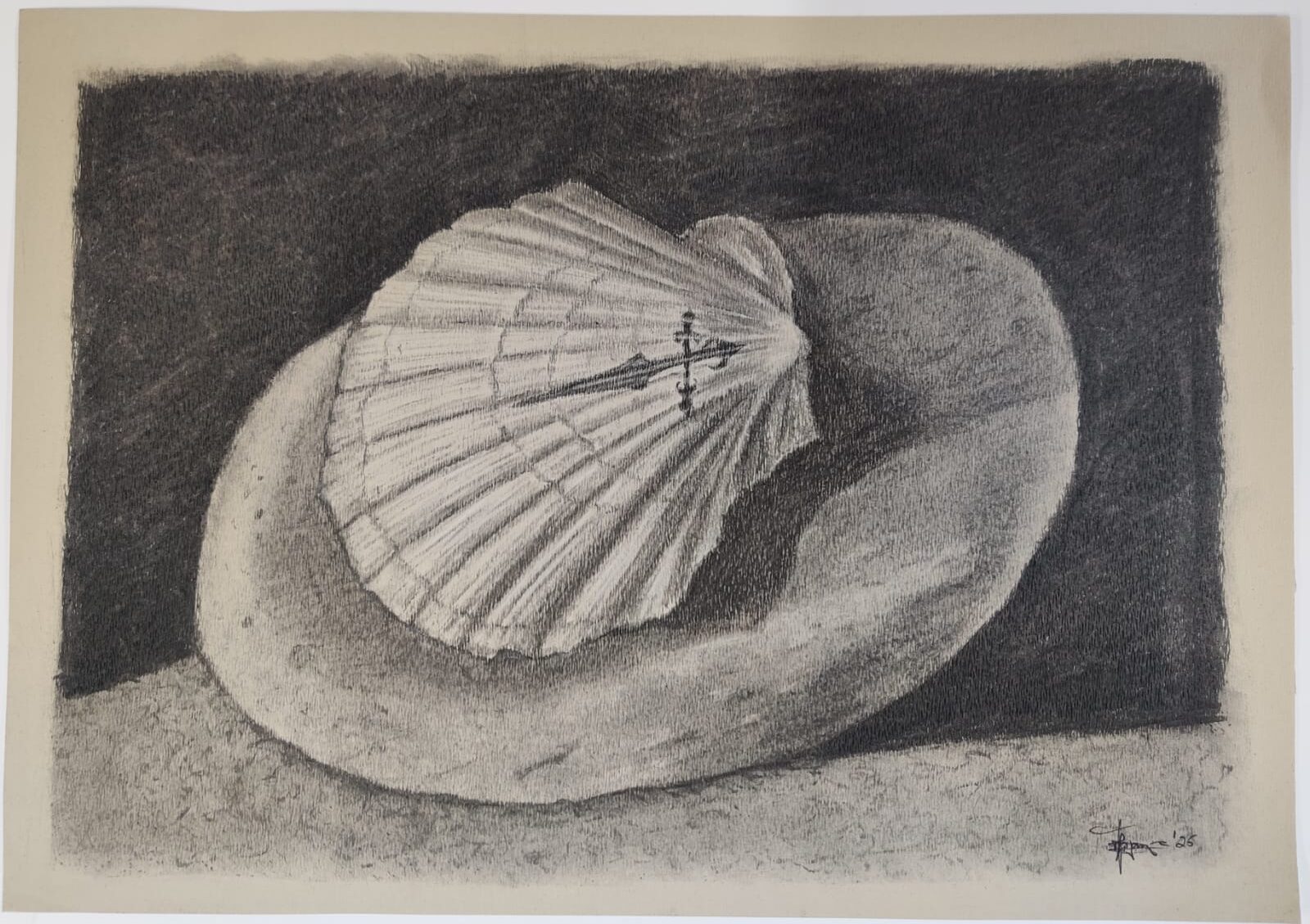Is interest in the Camino de Santiago waning? Probably not. But, what’s changing?”
This is a question that Camino Associations find themselves asking every year as waves upon waves of pilgrims arrive in Santiago everyday.

If one had to look at the annual pilgrim statistics the answer is immediately clear, i.e except for the years affected by Covid and by the Holy Year surge, there is always a 6% – 10% annual increase in the number of pilgrims arriving in Santiago de Compostela and obtaining a certificate:

However, there is a significant change in the routes chosen by pilgrims!
Up to about 10 years ago nearly 80% of pilgrims walking the Camino de Santiago were walking the Camino Francés (French Way). About 80% of those 80% were specifically walking the last week of the Camino Francés, i.e. from Sarria to Santiago de Compostela.
Fast-forward 10 years, and this trend is certainly changing:

The Portuguese Way (Central, Coastal and others) a decade ago accounted for less than 20%. Now it is fast approaching 40%! Other routes, such as the Ingles and the Primitivo, “rising stars” among Spanish Caminos, have doubled and quadrupled in pilgrim numbers over the last decade.
It is safe to assume that, in proportionate terms (not in absolute numbers of pilgrims) the Camino Francés has reached a “saturation” plateau. In marketing terms, it is increasingly viewed as a “milking cow” and is, therefore, gradually losing the allure as a spiritual journey, even if “spiritual” is defined in its widest sense. What are the underlying realities behind these statistics:
1.) Is the last week of the Camino Francés being viewed more as an item to be ticked off the the travel bucket list than a journey of inner reflection? An Instagrammable event, rather than an inner-immersion event?
2.) Are previous Camino Francés pilgrims the main protagonists on the other Caminos? Or, are the other Caminos attracting fresh pilgrims?
3.) What role does the growth of other Camino de Santiago routes across Europe play in these changing trends? Camino routes, particularly in Central and southern Europe, are growing in popularity even if some of them lack the infrustructure enjoyed in Spain.
4.) Camino routes are a common European (not solely Spanish) heritage. How would the demand for Caminos in Spain change if an investment proportionate to the one done in Spain is also committed to other ancient routes in Europe?
I wonder what this think-piece would look like if we had to again fast-forward by 10 years into the future.
—
XirCammini is a voluntary organisation dedicated to walking heritage trails across Europe and beyond, including the Camino de Santiago. Learn more about our 2026 itinerary by following this link or by visiting our Events Calendar. For further information, please write to us on information@XirCammini.org
